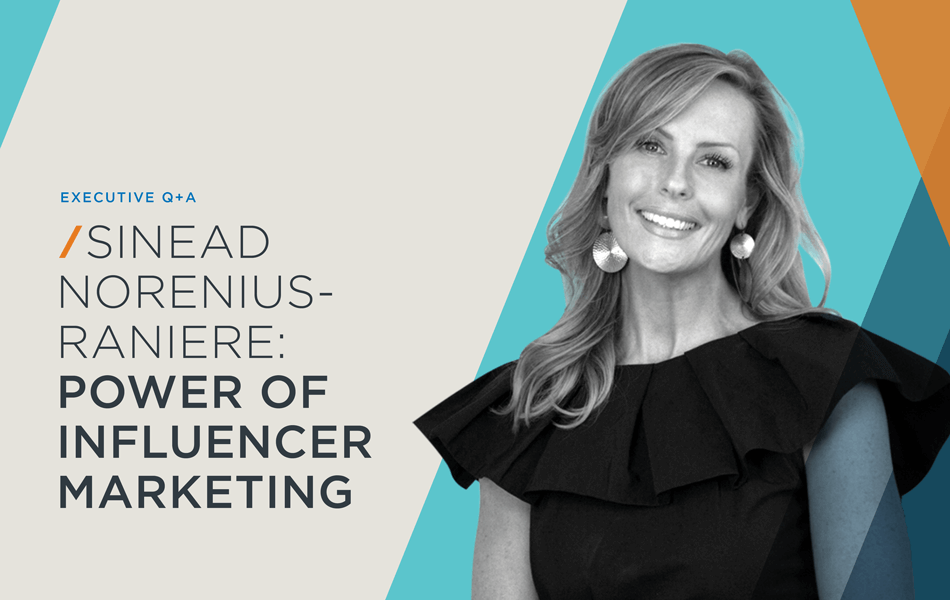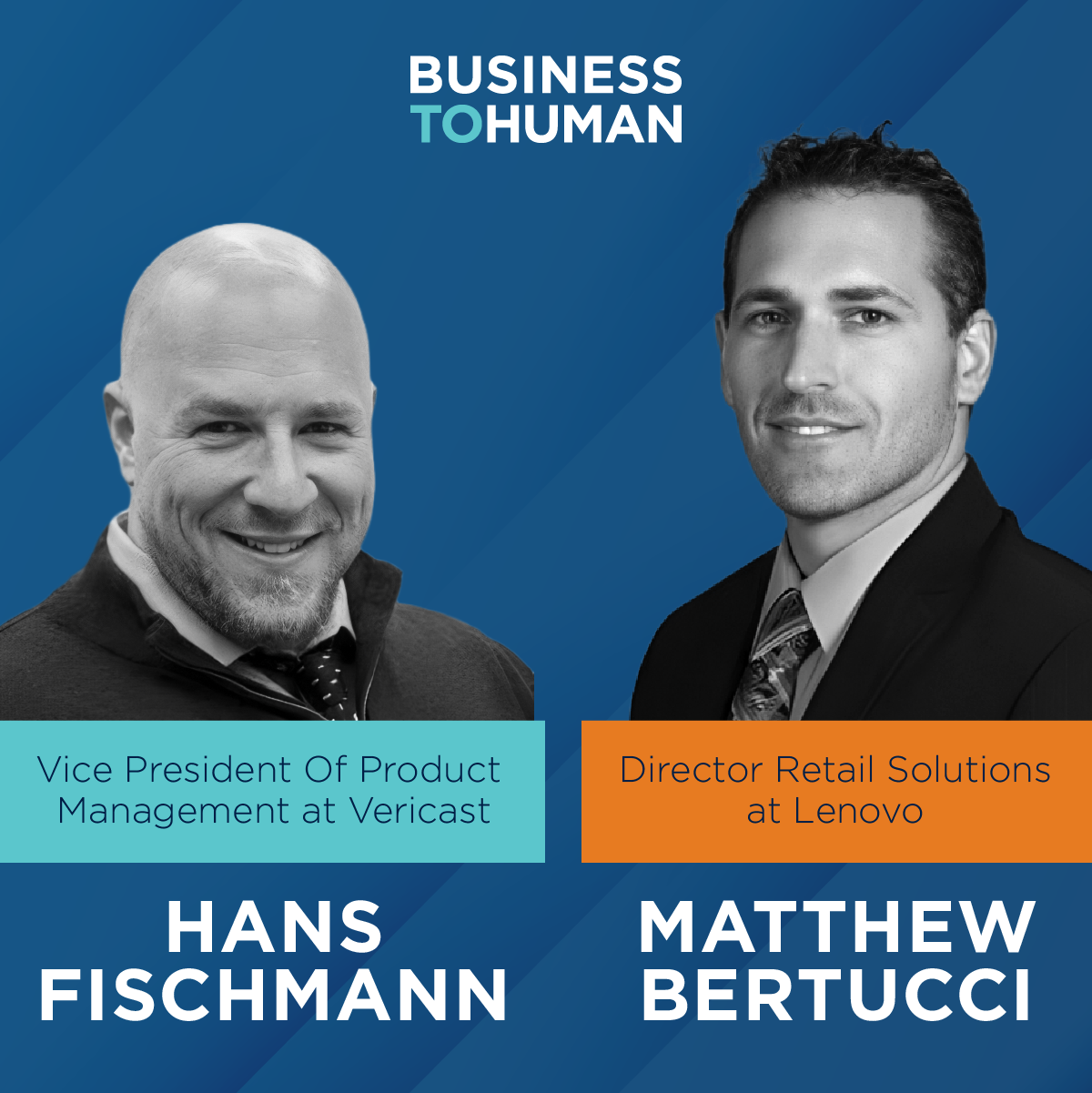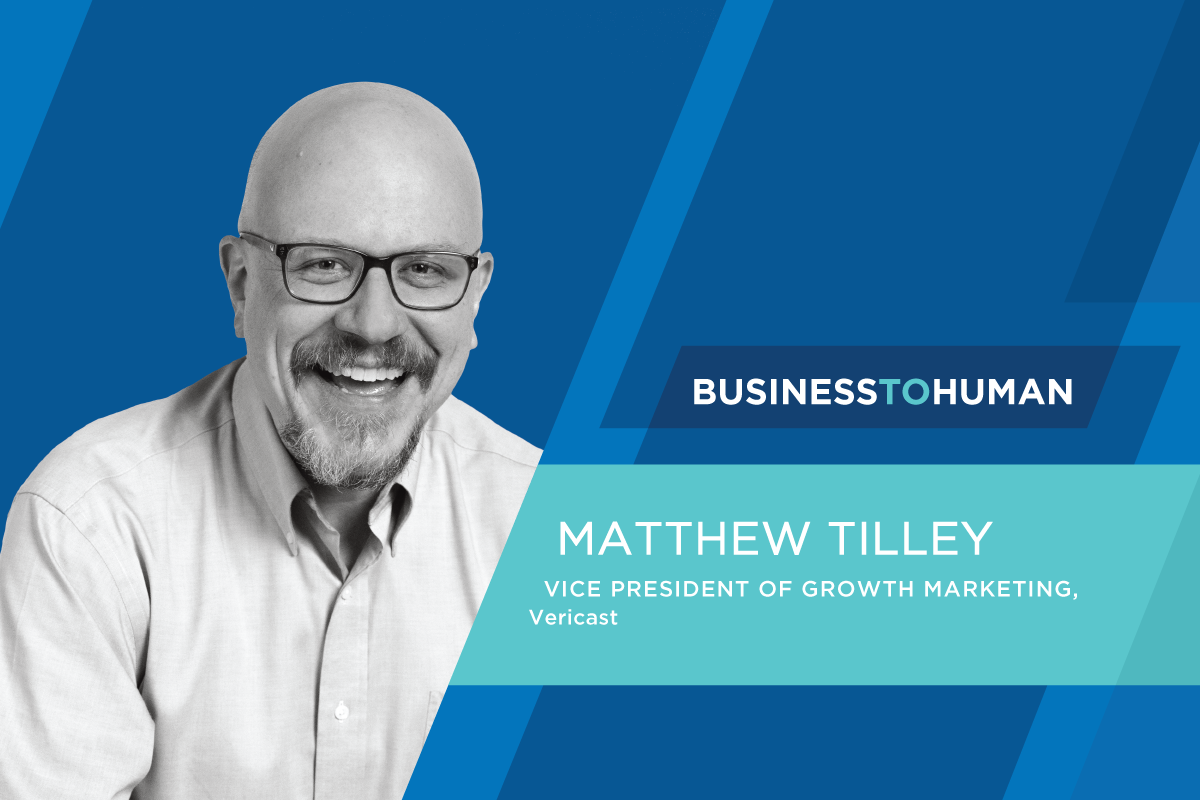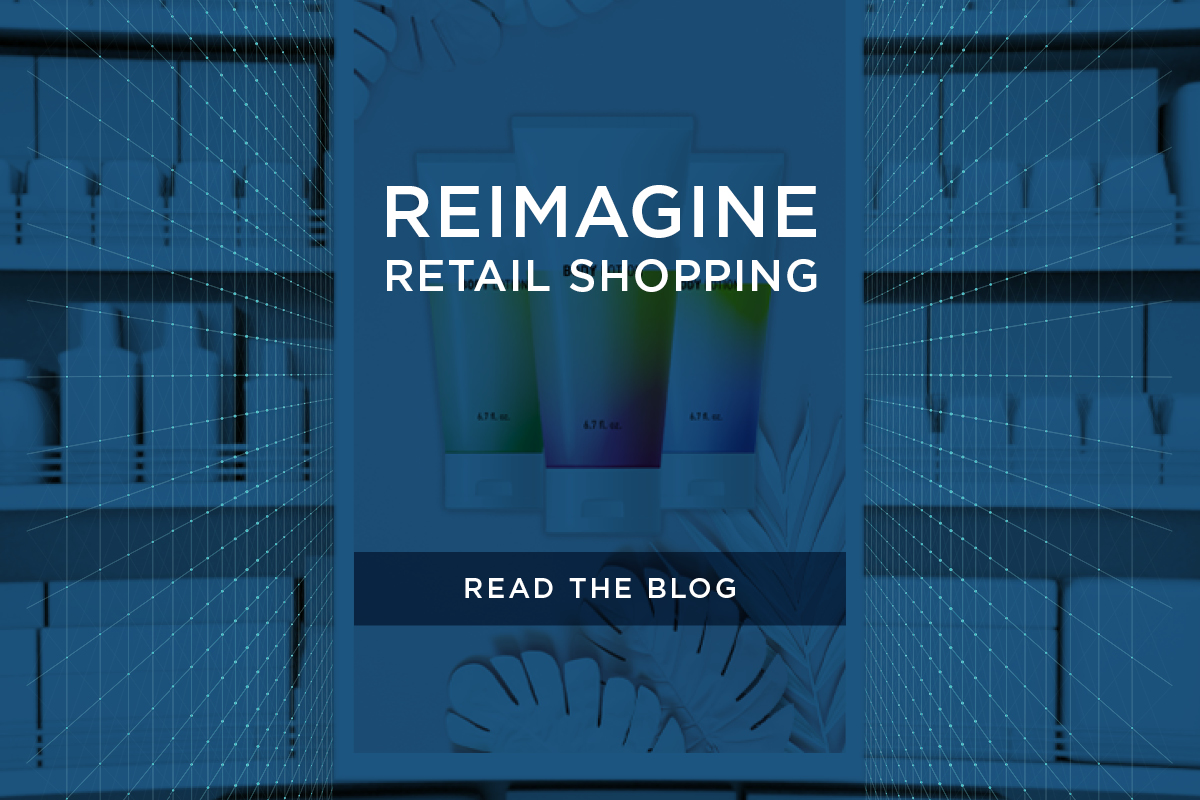Summary
Influencer marketing is a powerful and persuasive strategy that has become an increasingly valuable part of brands’ marketing repertoires. In this blog post, Sinead Norenius-Raniere discusses this trend and offers a preview of insights readers can expect in Valassis’ new influencer marketing whitepaper.
Sinead Norenius-Raniere is the vice president of influencer marketing and paid social at Valassis. As a pioneer and thought leader in the influencer marketing space, Sinead has been shaping and directing innovative and results-driven programs for some of the world’s most coveted brands for more than 13 years.
How will influencer marketing uniquely impact the consumer journey?
For consumers, influencers provide credibility. When determining whether a product is worth a purchase, consumers look to influencers for vetting and assurance. Research shows that consumers trust product advertisements featuring individuals they relate to or follow on social platforms. The way brands, consumers, and influencers work together shows how emotionally charged the buying process is. Immediate touchpoints with knowledgeable influencers can significantly alter the purchasing journey.
How do micro-influencer marketing and macro-influencer marketing differ and contribute to the benefits of influencer marketing?
All influencers have a role, but not all brands can afford a macro-influencer — and it is not necessarily worth the investment or the right strategy for them. We prefer to work with micro-influencers for several reasons: engagement rates tend to be higher, there’s more flexibility in how we collaborate, they provide shorter lead times, and we’re able to have more voices tell a brand story or product story from diverse perspectives.
What role can data play in precise targeting — particularly as organic reach declines?
Armed with the right approach, tools, and technology tailored toward content and ability, influencer media can provide ROI far beyond what’s possible with just organic impact. Most social media marketing partners depend on Facebook audiences to engage and target their best consumers with paid advertising. While those audiences usually contain myriad targeting and demographic options, they also come with barriers. Thanks to our predictive consumer intelligence, that same Facebook influencer marketing target base gets a major boost.
We are able to build more customized, high-level audiences based on data points like POS data, location data, and purchase intent; we can then easily integrate them into a Facebook. Plus, we can build influencer look-alike audiences to connect with consumers who match an influencer’s collection of followers as well as people who are responding to their ads. This allows us to reach more of the right consumers for our clients and brands.
How is influencer marketing scaling right now in terms of content and connecting to larger audiences?
Influencer marketing is still a maturing channel and tactic that requires agility, innovation, and wild creativity. By joining forces with influencers, brands can create more authentic advertising content that can be deployed via other channels and provide additional value beyond social.
The true impact and further ROI of influencer marketing come when brands leverage optimized influencer content across other mediums like print, display, email, and in-store placements and shelves. In fact, influencer content is now even being used in connected TV and TV ad spots, which is amazing scale! However, the size of the audience you’re reaching is not important — it’s about reaching the right audience. The great thing is you can take various influencer content pieces and target different audiences to drive better results.
Are you ready to dive deeper into the world of influencer marketing? Click here to download our new whitepaper and learn more!



